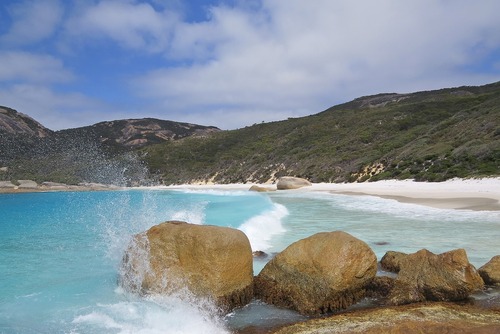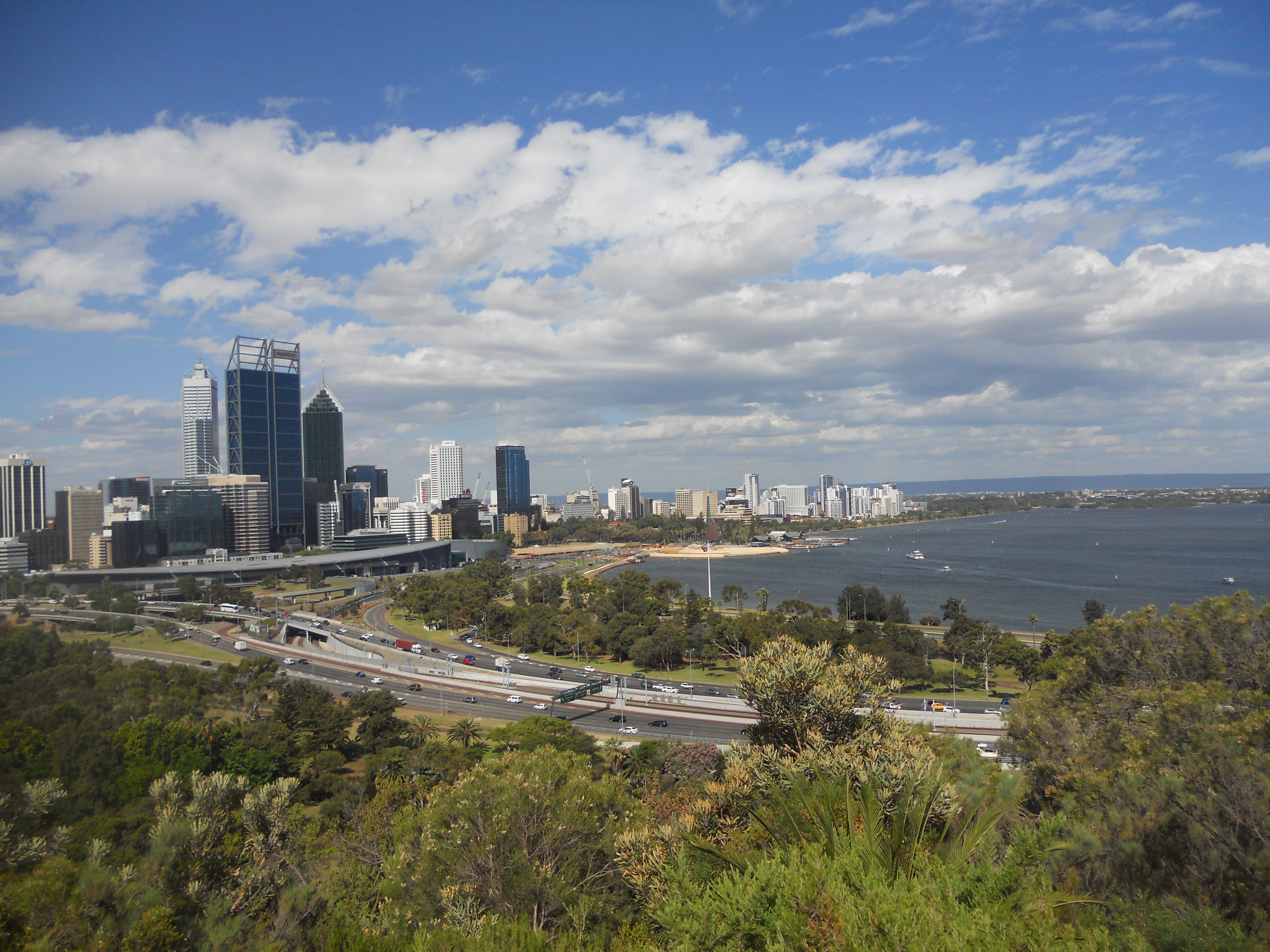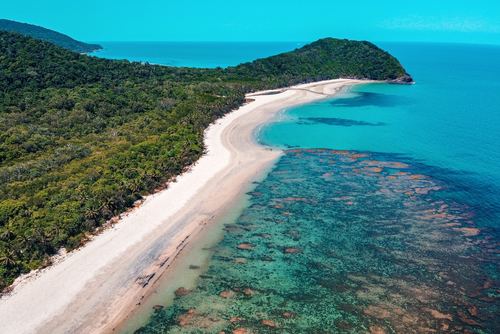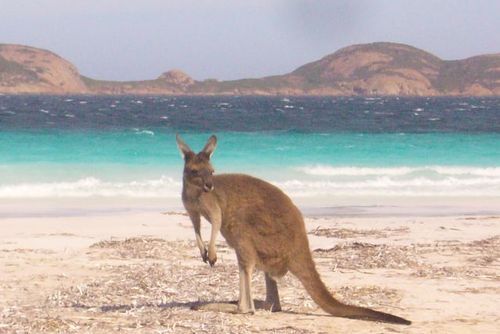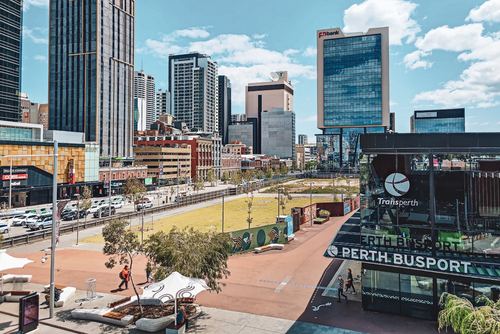With a third of the land and only 10 per cent of the people, Western Australia is a great holiday destination to avoid crowds and experience fantastic beaches as well as the stark natural beauty of the Outback.
Top Places to Visit in Western Australia
Perth
Perth is the capital of Western Australia and the most remote capital in the world. In the past, it was considered an outpost and a boring city, but it has dramatically changed to a sophisticated, cosmopolitan city with the cultural activities, gourmet restaurants, bars and cafes to prove it.
Visitors can make Perth their home base while they explore Australia’s unique wildlife, Pinnacles Desert, go sand boarding and much more. The Perth metropolitan area is located along the Swan River and includes the coast along the Indian Ocean where there are kilometres of beautiful, deserted beaches.
Some areas to visit in and around Perth include:
- Northbridge - for restaurants and galleries
- Fremantle - for history and marinas
- Northern suburbs - the aquarium
- Southern suburbs - the zoo
- Perth Hills – for national parks such as John Forrest and Kalamunda
Perth is a good city for cycling with excellent weather and good bike paths. There are bike hires along the Swan River and the route is flat and scenic. Kangaroos are plentiful in Perth with semi-tame ones in a special area of the zoo.
The Pinnaroo Valley Memorial Park has wild kangaroos and visitors can stop by to watch them. Outside Perth, along the Swan River is the Avon Valley National Park and the Walyunga National Park. Rottnest Island is off the coast where the locals go for rest and relaxation.
Rottnest Island
Rottnest Island is covered in scrub with a few stands of woodland and several large salt lakes, but it’s the bays and beaches that are the attractions. There are gorgeous reefs and caves for snorkelling and diving, and perfect beaches for swimming. Visitors can get there by plane or ferries that run five or six times a day.
Pinnacles
Within the Nambung National Park are The Pinnacles - limestone formations in the middle of the desert. The colours and features of the pinnacles are more evident in the early morning or late afternoon when the sunlight is oblique. From August to October, the wildflowers bloom. There are kangaroos and emus to be seen during the day, but most of the wild animals in the area are nocturnal. Visitors enjoy sand boarding or 4WD driving over the huge sand dunes. There are koalas in Caversham Wildlife Park in the Swan Valley and visitors enjoy a lobster lunch at Cervantes, which is a quiet fishing town.
Broome
Broome, in Western Australia, is one of the most remote towns on the Australian continent. A two-and-a-half hour flight from Perth, the nearest next city is along the coast to Darwin, a 20 hour drive (Perth is a 23-24hour drive.)
Broome certainly delivers when it comes to offering attractions for visitors who make the lengthy journey. Four wheel drive tours are the most common experience travellers partake in, mostly because of the opportunity to go off-road on the many kilometres of empty land. Here are some of the unique sights you’ll see while off road.
Before heading off into the great unknown, why not enjoy two of Broome town’s most iconic experiences? Chinatown in Broome is really fascinating; many Japanese migrants were lured here by a booming pearl industry in the 1800s, which explains the massive Japanese cemetery. There are still pearl showrooms here, interspersed among quirky remnants of old billiard halls and drinking lounges.
At the end of the day, take a camel ride along Cable Beach, the city’s most beautiful spot to look out onto the Indian Ocean. If you plan on flying to Broome, plan in advance; flights often fill up and last-minute fares can be rather expensive. Thankfully, airlines have increased frequency, so now there are 5-6 flights per day into the airport, giving you a bit of flexibility on timing.
If you’re making the long drive on your own, be sure that someone knows your route and expects you to check-in when you arrive. There are not many facilities on some of these routes, and with little mobile phone coverage, a car breakdown could quickly turn into a serious situation.
A better idea is to take one of the many organized group tours, or better still, a campervan, which means you can enjoy the scenery and facilities like a toilet and shower while driving in comfort and at your own pace.
Windjana Gorge and Tunnel Creek
Once you’ve seen some of the city highlights, you’ll want to check out the most popular daytrip spot from Broome, which is Windjana Gorge and Tunnel Creek, located to the west of town, towards Darwin.
The gorge is quite fascinating; limestone walls rise over 90 metres high, and if you look closely, you’ll find fossilized sea shells and other creatures in the walls; this area used to be underwater.
On your way back into town, try stopping in Derby, which is home to the “prison tree.” A massive Boab tree was hollowed out and make into a makeshift prison in the early days of settlers here. It’s a stark reminder that the early pioneers and Aboriginal people did not get along.
Cape Leveque & Dampier Peninsula
While Broome may seem remote, you can go even more remote by heading north along the coast, which is part of the Dampier Peninsula.
At the end of the Peninsula is Cape Leveque, a wonderfully majestic spot with iconic fire-red rock formations, quite beaches, and coastline that is wonderfully dramatic. Visit one of the pearl farms in the area, enjoy a picnic lunch on the beach, or just sit and contemplate life on this amazing stretch of Australian coast.
Other Places Along the West Coast of Interest:
On a tour you have the best advantage travelling north along the west coast where few tourists go. From Perth to Broome, the road travels past natural wonders as well as fascinating cultural centres. Some other highlights of the area include:
- The dolphins of Monkey Mia
- Camping in the Outback
- Snorkelling or diving on Ningaloo Reef
- Aboriginal cultural tour at Shark Bay
- Spectacular gorges and waterfalls in Karijini National Park


